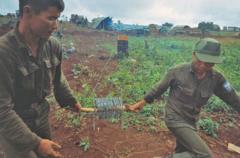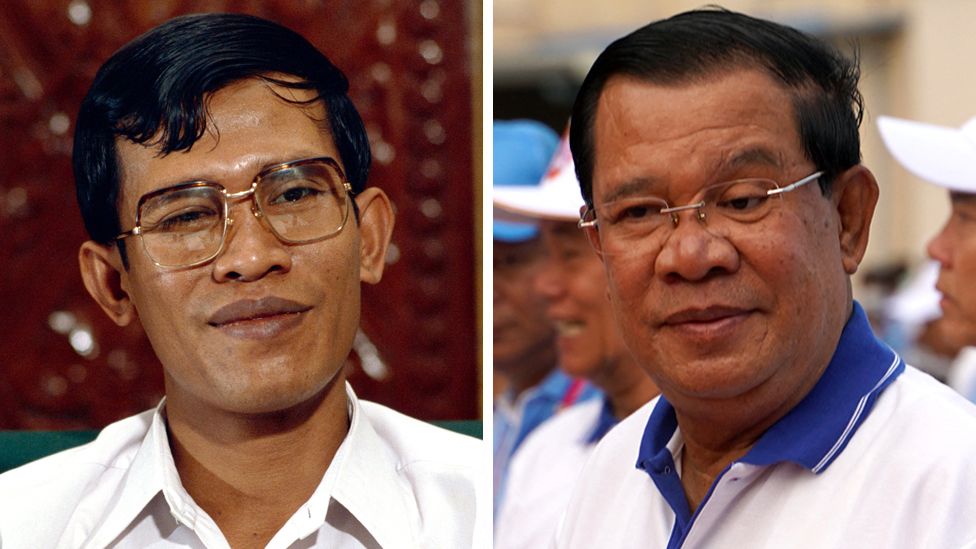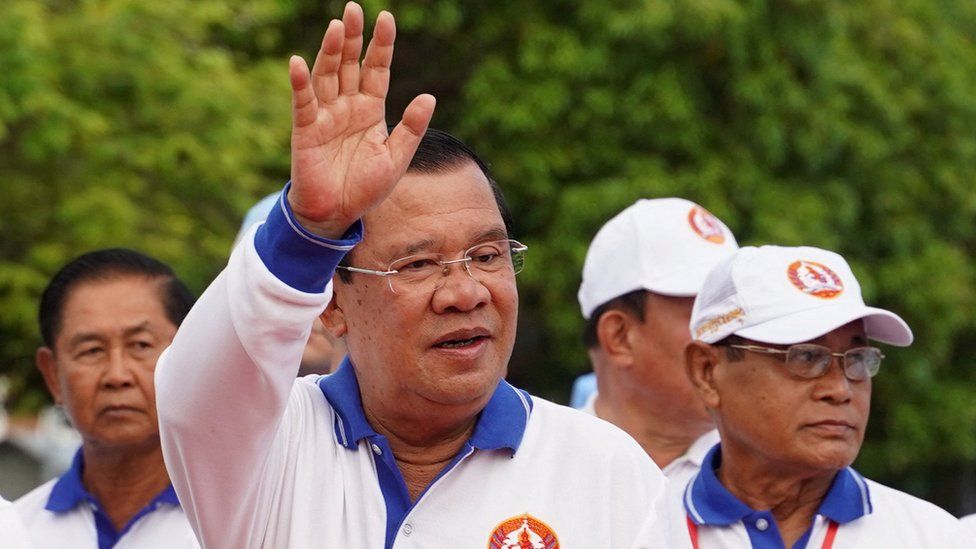
Pastor Y Hin Nie, 75, preaches the gospel from the comfort of his church in the US state of North Carolina. But as a young man he survived nearly two decades in the jungle, giving sermons to his comrades fighting Vietnamese troops long after the war had ended – his AK-47 never far from his side.
On the run and cut off from the world, Hin Nie and his unit of insurgents foraged for food and hunted for tiger skins to pay the Khmer Rouge. His “forgotten army” did not give up arms until 1992, after Hin Nie negotiated their freedom.

The first time Y Hin Nie nearly died was on the night of 30 January 1968, when the Vietcong, fighting for the Communist North in Vietnam, launched a massive attack, firing barrages of rockets on US-held areas under the cover of Tet – or New Year – celebrations.
Hin Nie, who grew up in Vietnam, was living with American Christian missionaries in Buon Ma Thuot, the largest city in Vietnam’s Central Highlands. His own mother and father had left him with the missionaries when he was eight because they were poor and wanted him to have a better life, he says.
His adopted “godmother”, Carolyn Griswold, was sleeping when the rockets hit. Separate reports from missionaries say Communist troops also detonated explosives inside the home.
Carolyn’s father, Leon, died immediately. Hin Nie – who happened to be staying at a friend’s that night – rushed home and helped to dig Carolyn out of the rubble. She died soon after.
“My godmother died with suffering,” he says. “God saved my life.”
Many other missionaries were killed and captured while Hin Nie hid in a bunker.
Despite his losses he picked himself up and carried on, throwing himself into Bible school and working at a church.
He did not join the war until a decisive battle in March 1975, when the US-backed South’s troops were destroyed and forced to retreat from Buon Ma Thuot.
As bombs rained down, Hin Nie and 32 bible school students escaped, walking for miles.
This was when Hin Nie was approached by fighters of the United Front for the Liberation of Oppressed Races (Fulro), an armed insurgent movement that advocated autonomy for ethnic minorities called Montagnards. These highland people have long faced persecution in Vietnam for reasons including their Christian faith.
They hoped Hin Nie’s close links with American missionaries and his spoken English could help reconnect them with US troops, who had recruited tens of thousands of highlanders as frontline fighters before withdrawing from the war in 1973.

Hin Nie said he felt drawn to join the fighters, who were devout Christians like him. “I had no choice, it touched my heart.”
On 10 March 1975, he fled into the jungle with them.
For the first four years, they stayed within Vietnam, constantly on the run, hiding from the army.
“Shoot and run, shoot and run. We didn’t have strong weapons,” Hin Nie says, adding that he wasn’t involved in direct combat himself, but carried an AK-47 for self-defence and hunting.
By 1979, Vietnamese troops were expanding their operations searching for Fulro, so the group fled into Cambodia, to Vietnam’s west.
“We couldn’t stay, so we crossed the border – it was too dangerous,” he says.
But leaving Vietnam brought new perils. Guerrillas of Pol Pot’s genocidal Khmer Rouge controlled pockets on Cambodia’s eastern border.

Remnants of the regime – responsible for an estimated 1.7 million deaths during four years of terror in Cambodia – had fled there after being overthrown by Vietnamese-backed forces.
Fulro needed permission from the Khmer Rouge to stay so Hin Nie met their local commanders in the jungles of Mondulkiri province.
“I said, ‘We have the same enemy’ – it was the only thing we agreed on. If the communists come from Vietnam to this side, then we could tell them,” he says.
The Khmer Rouge allowed Hin Nie and his battalion to stay. But they demanded monthly “taxes” by way of large amounts of tiger and python skin, and deer horn.
Hin Nie says his unit caught tigers in traps. While the fear of tigers was real – tigers killed three people in the camp – the fear of the Khmer Rouge was even greater.
“They were very angry, they counted everything,” he recalls. “Many times they threatened us: ‘If you don’t pay tax you have to go back.'”
Fulro would still carry out patrols and there were occasional skirmishes with Vietnamese forces as the unit moved from one jungle clearing to another, never settling for longer than a month.
Hin Nie remembers a “wild life” – the Fulro fighters roamed like animals, eating whatever they could find, including leaves from trees, he says.
“We walked and walked and walked… we’d shoot elephants, anything we could see.”
Around this time he married his wife H Biuh, who was part of the group. They had three children in the jungle, but one died.
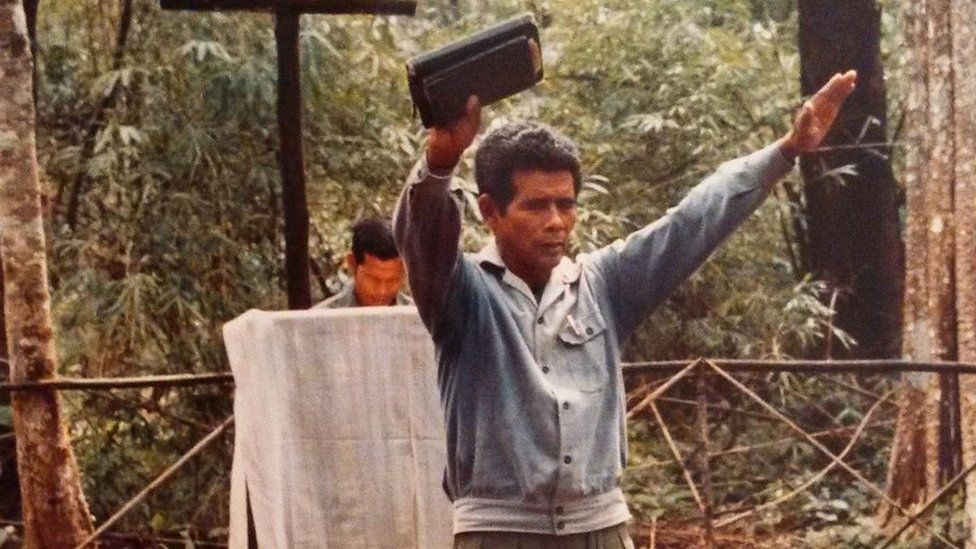
Religion was a constant in the camp.
The first thing Hin Nie would do when they arrived at a new spot was erect a cross. He would then hold sermons for the soldiers, women and children.
Christmas was never missed. One celebration stands out for him.
In 1982, they were singing carols one night, which some local Khmer Rouge heard from a distance. A handful of them walked over.
“A general asked if they could join us because the songs were very beautiful, and they stayed with us in the camp,” Hin Nie recalls. “We sang and I preached in two languages – Khmer and Bunong.”
Vietnamese communists also heard the singing and approached, he says, but Fulro and the Khmer Rouge chased them away.
Along with being the Fulro pastor, Hin Nie was also its chief liaison officer. This meant dealing with local Khmer Rouge, but also tuning in to shortwave radio each morning, including the BBC, Voice of America and Vietnamese radio, to try to follow what was happening in a world that had forgotten them – and which, with the Cold War over, had changed beyond recognition.
By 1991, Cambodian forces under then-Prime Minister Hun Sen – who only handed over the reins to his son earlier this month after 38 years in power – had become a new threat for Hin Nie to negotiate.
But apart from a few local Khmer Rouge and Cambodian soldiers, hardly anyone was aware the Fulro fighters were still in the jungle. Their former comrades had no idea if they were still alive, far less where they were – and neither did the international community.
So it was a great surprise when, in 1992, Hin Nie started negotiations with UN officials. They had arrived in the wake of the genocide to administer the Cambodian national election as part of a peacekeeping mission.
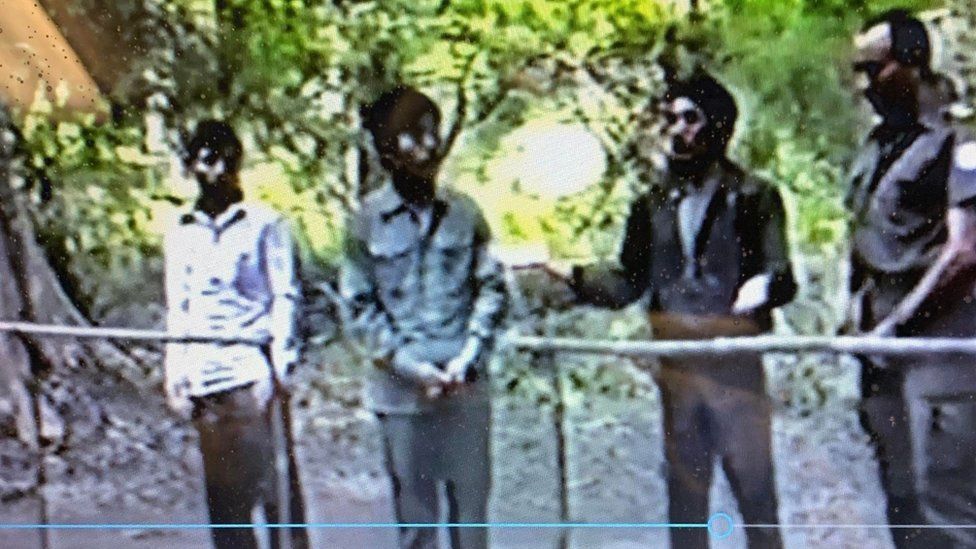
Hin Nie says he met a local UN official and wrote on a piece of paper in French: “We are Fulro – waiting for freedom and waiting for your help.”
Two months later, a group of UN officials came to meet Hin Nie. “They kept interrogating me for one week to make sure why I lived in the jungle,” he says. They wanted to know if he was Khmer Rouge. He told them he wasn’t.
Another UN meeting followed, where Hin Nie requested more weapons “to fight the communists” but was told that was not possible.
“You only have 400 [fighters] – there are millions of soldiers in Vietnam. We don’t want you to die,” was the response, he says.
Then in August 1992, American journalist Nate Thayer visited the camp and the story of the last Fulro fighters became known to the outside world.
Thayer reported in the Phnom Penh Post that the group were still waiting for instructions from their leader who, unknown to them, had been executed by the Khmer Rouge 17 years earlier.
“Please, can you help us find our president, Y Bham Enuol?” Fulro Commander-in-Chief Y Peng Ayun asked. “We have been waiting for contact and orders from our president since 1975. Do you know where he is?”
Some of the group wept when they were told he had died. News of the Fulro president’s death had never reached Hin Nie on his shortwave radio set.

He and his comrades had heard the war was over but there was still an unrealistic hope the US might get back in contact and provide support. Although they were trapped on the border, the Fulro fighters were loath to give up the struggle for their homeland and become refugees.
Hin Nie was asked how he felt towards the US. “I am not angry, but very sad that the Americans forgot us. The Americans are like our elder brother, so it is very sad when your brother forgets you,” he told Thayer.
Upon learning that their leader was gone, the Fulro fighters agreed to put down their weapons and sought asylum in the US.
The group bypassed normal refugee channels and were on planes within months. Thayer, who Fulro veterans credited with telling their story to the world, joined them every step of the way (he died in January – Hin Nie presided over the memorial and veterans attended).
Landing in the US back in November 1992, Hin Nie was greeted by a banner welcoming the “forgotten army”. He and H Biuh moved to Greensboro with their surviving children, who remain in the US.
Soon Hin Nie started speaking out against the persecution of his people, testifying to the US Congress. Because of his preaching, he remains a target in Vietnamese state media to this day.
The Vietnamese government claims Fulro still exists, and accuses exiled former members like Hin Nie of trying to wage insurrection in Vietnam. In 2021, the VOV news agency said he was behind a “reactionary organisation disguised as a religious sect based in the Central Highlands, which aimed to incite local people to sabotage the united Vietnamese state”.
Hin Nie says this is nonsense.
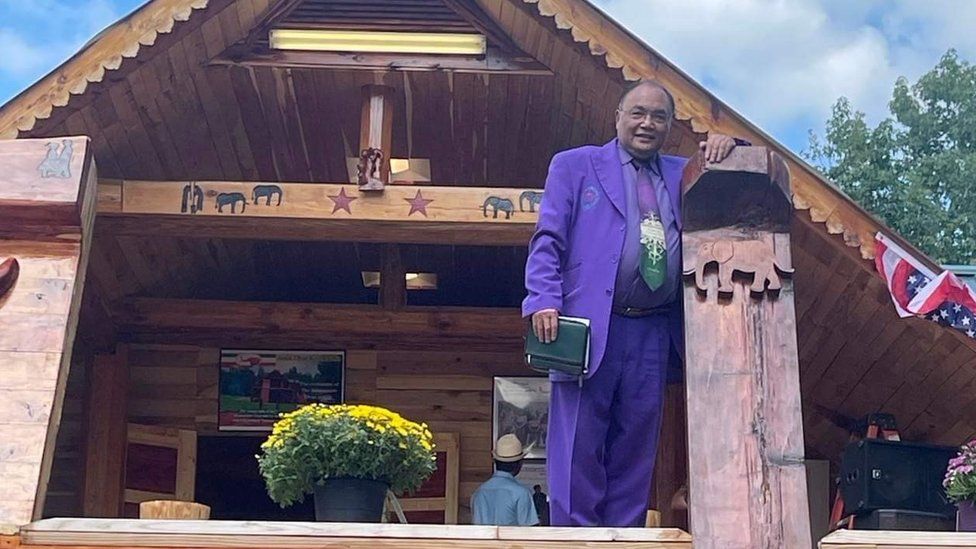
Under Communist rule, the Montagnards still face widespread intimidation, arbitrary detention and ill-treatment in Vietnam.
Vietnam’s government did not respond to a request for comment.
At Hin Nie’s United Montagnard Christian Church in Greensboro there are hundreds in the congregation. He preaches to them in English, Vietnamese and Rade, and sometimes sings songs in other languages of the Central Highlands.
“They still put propaganda against me but Fulro has died. Everyone has died,” he says.
“The Vietnamese try to shut the mouths of people in Vietnam – but I am here.”
Related Topics
-
-
28 July 2018
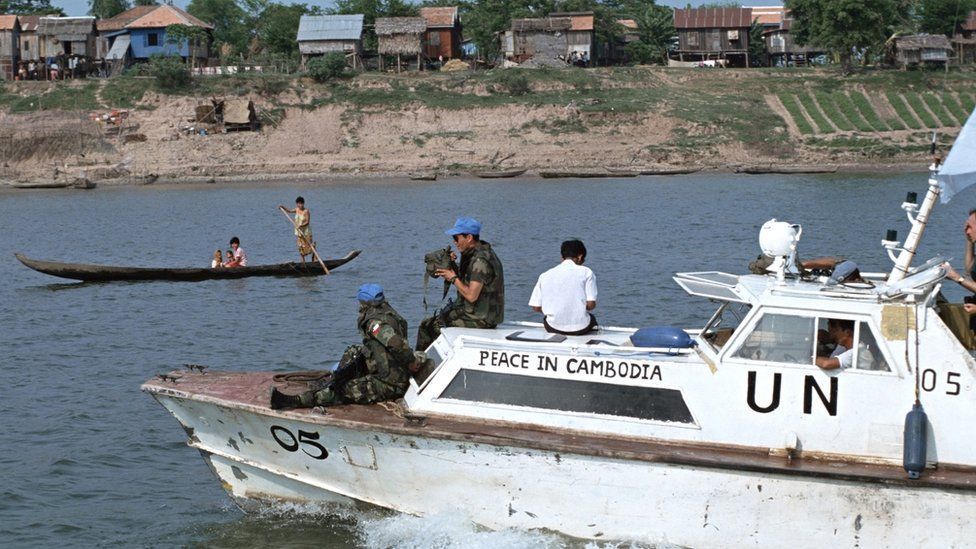
-
-
-
16 November 2018

-

